Our phones are expensive — too expensive to risk easily preventable damage. That’s where accessories like phone cases come into play. However, one often-overlooked item might be more important than your case, according to tech experts: a screen protector. Using one can make a world of a difference when it comes to inevitable drops, so the true question is this: Which is better, a glass or plastic screen protector?
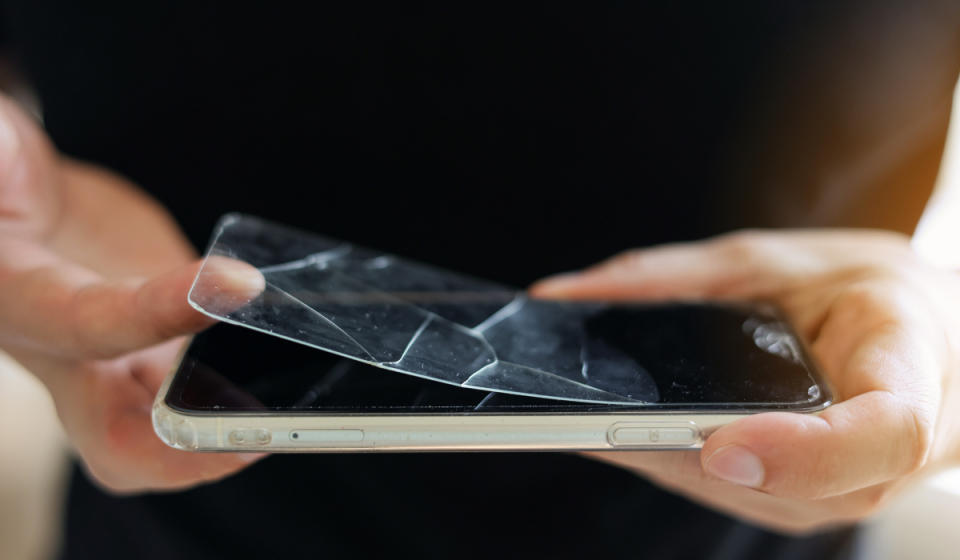
Why does your phone need a screen protector?
The last thing you want is for your all-too-expensive smartphone to get scratched, cracked or (cringe) completely shattered. I’ve seen it happen, and it’s not pretty. That’s where screen protectors come in.
Jenna Harling, Belkin’s director of product management for screen protection, shared why screen protectors are the unsung heroes in any phone accessory lineup.
“Using a screen protector will help to prevent cracks, scratches, and in some cases, total destruction,” Harling said. “Accidents happen — a screen protector will help preserve your phone screen and protect against everyday elements such as accidental drops or scratches from shuffling around in [your] pocket or purse.”
Don’t feel too guilty if you’ve ever dropped or cracked your phone, though. According to data AT&T shared with Forbes, 74% of people between the ages of 30 and 44 have broken a phone at least once. The data revealed that accidental drops are the main culprit.
Investing in a screen protector “comes at a fraction of the cost of the mobile device or replacing your screen,” Harling said. “Screen protectors are meant to be sacrificial, with the goal of protecting your phone’s screen from cracking, chipping or scratching. Insurance and peace of mind is always money well spent.”
Which is better: Tempered glass or plastic screen protectors?
There are two major kinds of screen protectors: tempered glass and plastic — and they’re far from equal, Harling cautioned.
“Tempered glass screen protectors are made by extensively heating the glass and quickly cooling it,” Harling said. “As the glass endures extreme heating and cooling, [it ends up] being much stronger going through a tempering process.”
Plastic screen protectors are typically cheaper than their tempered glass counterparts, but they don’t give you the same protection, especially from drops. Harling said they offer “scratch resistance most of the time rather than drop or impact protection,” which is where tempered glass shines.
Glass has another benefit. Harling added that plastic screen protectors “don’t provide the same native touch and feel as your phone screen,” while tempered glass options were made to mimic the feel and look of the surface you scroll and swipe every day.
What are the best affordable screen protectors?
There are tons of options at a variety of price points, but screen protectors don’t have to break the bank, even from some of the most premium brands. “Everybody’s preferences and budgets are different,” Harling said.
The best phone screen protectors
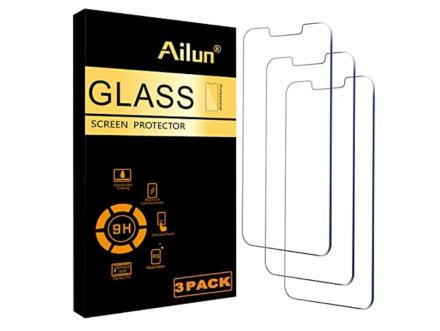

Amazon
Over 90,000 Amazon shoppers — myself included — swear by these affordable bestsellers.
“This is very easy to install and it works well,” one impressed shopper wrote. “When I dropped my phone on asphalt, one time, the screen protector cracked, but my phone was totally fine.”
$6 at Amazon
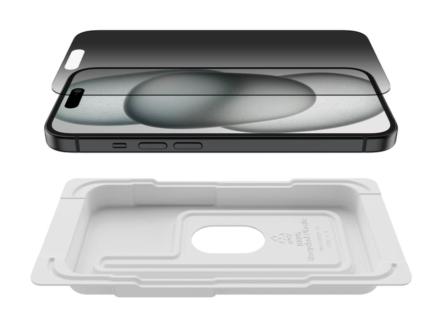

Belkin
If you’re looking for a premium option from a name brand, this one is Harling’s top recommendation for iPhone users.
Several reviewers noted that it’s so well-made that both their phone’s screen and the screen protector itself were fine after drops. “Strong, sturdy, dropped my phone several times and the screen is intact,” wrote one.
$30 at Belkin
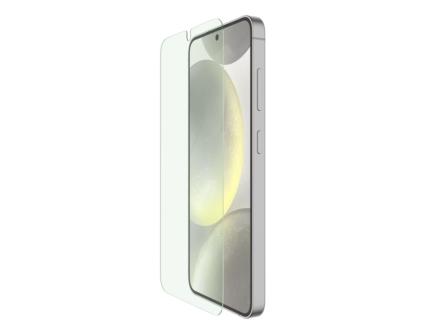

Belkin
Of course, screen protectors aren’t reserved for iPhone users. This Belkin favorite has a blue-light filter that may help with Android users’ eye strain.
“It was so simple to apply and truly helps to keep my eyes from straining as much from looking at the screen,” one five-star reviewer wrote. “It’s also great as a screen protector.”
$45 at Belkin
Of course, a screen protector won’t cushion the back of your phone, the edges, and sometimes not even the corners of your screen. Pairing one with a quality phone case is key.
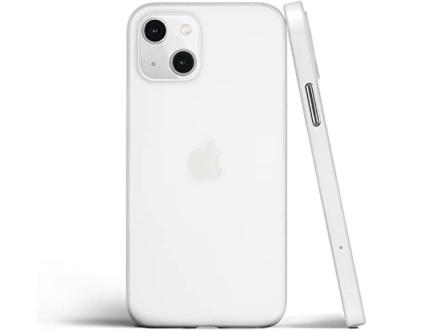

Amazon
Sometimes less is more, and if you’re into that minimal, barely-there aesthetic, this simple phone case is exactly what you need. This one still prevents scratches and protects against minor drops, while a raised lip helps cushion the camera lens.
$10 at Amazon
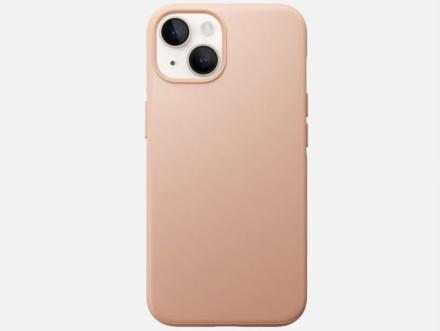

Nomad Goods
Looking for something durable that will only get better with time? This case from Nomad Goods is made of full-grain leather that develops a beautiful patina over time, and it has 10-foot drop protection.
$10 at Nomad Goods
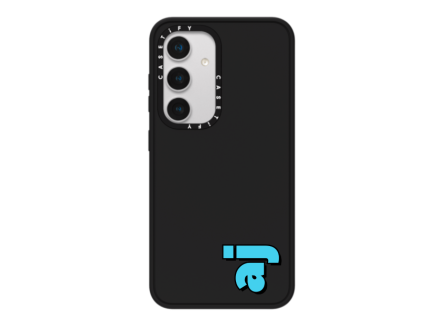

Casetify
If you want it all — maximum protection, customization, premium materials — then this option may be for you. It’s a pricey one, but fans say it will last you for as long as you have your phone.
Keep in mind that prices vary depending on your phone type and model.
$72 at Casetify
The reviews quoted above reflect the most recent versions at the time of publication.

